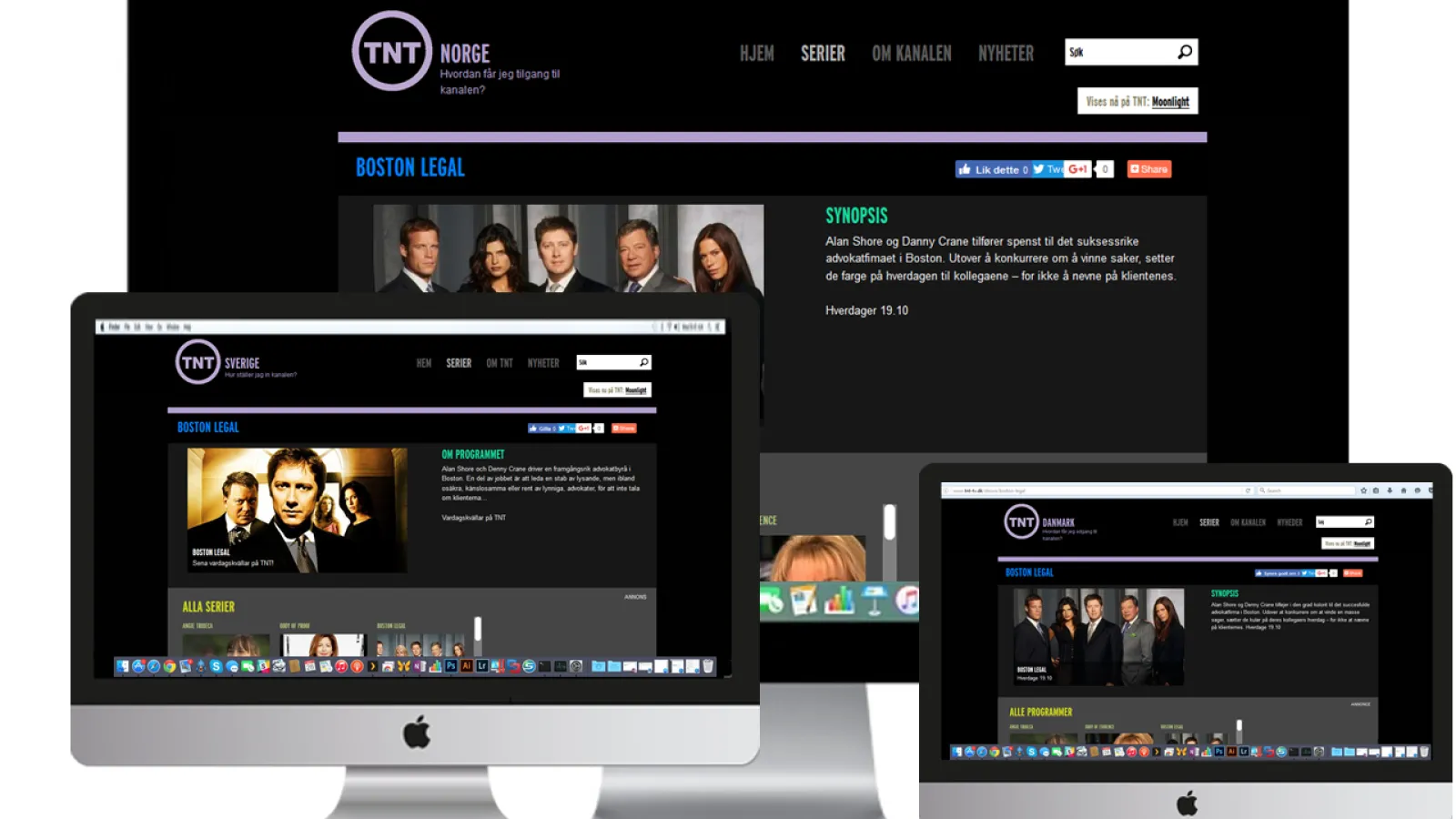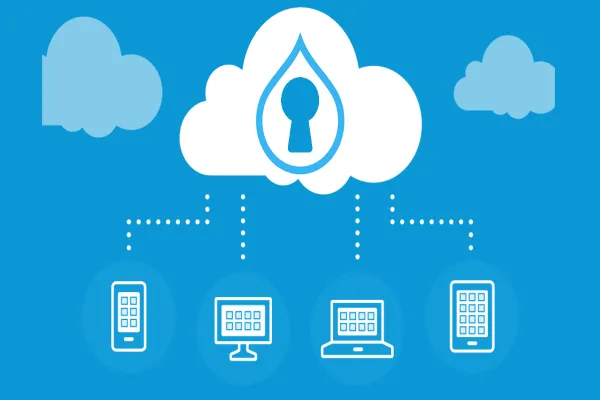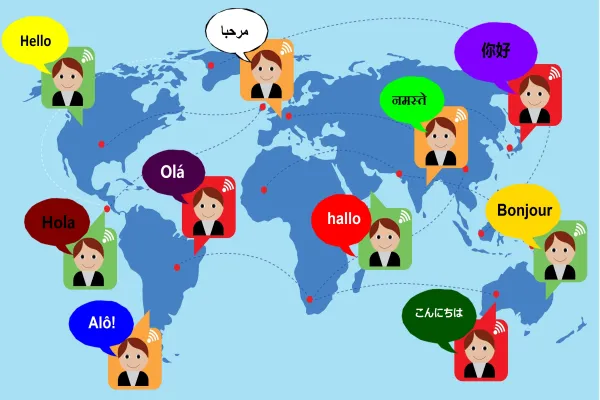When you have a media website with visitors from a language background other than your default, it’s best to switch to a multilingual website to ensure you do not lose your business and have a continuous growth.
Do you have website visitors from non-English speaking countries?
Do you know there are more than 40 Million native Spanish speakers in the USA out of which 72% prefer websites in their native language? Then there is Chinese, French and so on to name some of the most popular language based users which add up to 75% with English being only one-fourth. What are you doing to target these 75%? Why not zoom in on the less focused and make loyal customers out of them? To them, you are not just another digital media company delivering the same old content from places they don’t relate to, to them you are more of their national daily.
How do you cater to your web visitors if they are non-English Speaking users?
Do you display the content in the same default language? You might have translated the content but then there is page layout, word spacing and expansion and contraction per language requires you to have a site which can handle such flexibility
Are you equipped to make changes for every new language that you add to your list?
Adding a new language to your website comes with challenges. Are you looking for answers that handle the complexity of language translation requirements? Are you thinking how to organize your content? You have blogs, headlines which link other articles together, out of that what all can be translated and shown to the users? All of it or only the basic content?
Will it affect to have an interface that speaks the language of your target market?
Of course, your website does not target people of one language. And having a monolingual website gives you a limited audience, which is a loss for your business. Hence it is about time for you to customize your website to accommodate new languages
What factors are keeping you from growing your business?
One aspect of getting feedback or suggestions is through forms. Forms are a critical part of your website through which users can connect with you, having a form page that displays only in one language is going to hamper business for you. It is, therefore, important that the forms are easy to use and presented in the user's’ native language.
With the boom of devices and screens available to consumers, people now have unhindered access to every content they want, the way they want, with a special focus on their favorite brands and sites. This sets the standard higher and creates a necessity for the brands to deliver the best of experiences — with no regards whatsoever to the device, size, screen, mobility or any other point of contact, here the experience matters because your customer’s expectation is high. As a matter of fact, the standard keeps getting higher and higher that it because some of the brands like yours have been setting an example for the others to follow.
Why do you need Multilingualism?
With the internet crossing the 10k day this past week, from the time it was invented the world of publication likewise has undergone drastic changes, we swipe our finger to turn the next page of a book and scroll the site to take a look at the news headlines. It is no more limited to one part of the world and people from all regions and languages have access to what you write.
Writing is digitally accessible and digitally published. Businesses are gearing up to reach and penetrate through every corner of the world and here is where localization comes into the picture. Your diversified and multilingual global society has immensely added to the importance of translation in the publishing industry. Media and publication industry needs to reach out to various geographical regions having its own distinct language.
The world of media and publishing witness rapid changes and is regularly making way for a broader audience. Most multinational media companies are already on the path of this transition to secure an international foothold. Whether you choose to go down this path now or later is the only question.
The team at Valuebound has experience of working on high-traffic multilingual Drupal websites. If you are still wondering if Multilingual is the right way to go, we can help you make this decision.
References -




